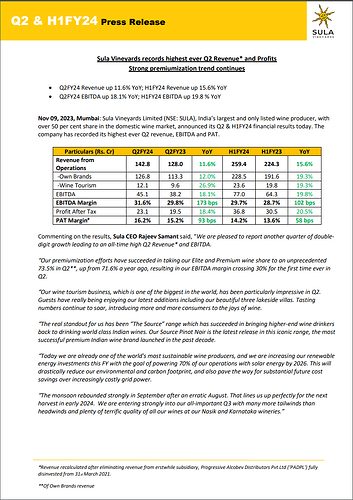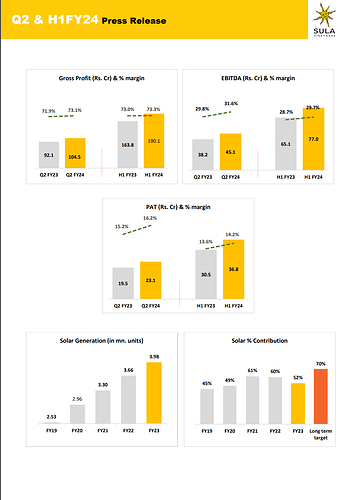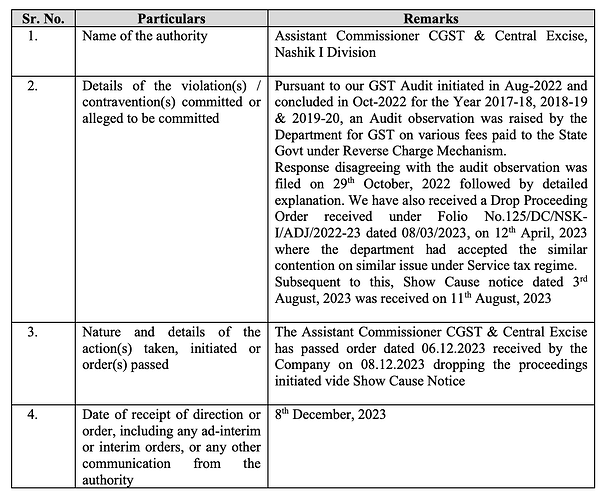Interesting excerpts from the book: The Ten Commandments for Business Failure
For a number of years consultants had been telling the leaders of The Coca-Cola Company that it needed to diversify. The core business of soft drinks and juices gave us no hedge against the future and the company needed to look around to acquire businesses that were compatible but different. And the consultants had a number of recommendations. One of them was a very nice wine company. So listening to the consultants, the company acquired the wine business.
There was no question that the wine business was charming. It had a fine group of managers and they operated a separate unit called the Wine Spectrum. Management enjoyed having the bottles gracing the tables at our various corporate dinners and cocktail parties. The Wine Spectrum didn’t get much real attention from the senior management of The Coca-Cola Company. It was sort of like owning a pet.
By that time, Robert Woodruff, well into his eighties, was still a great influence but not active in the day-to-day business. He decided, however, to take a personal look at this wine business “his” company had gotten into.
So the revered gentleman gathered his doctor and a few friends and took a company plane out to California. When he got back he had lunch with then CEO Roberto Goizueta and me. And as I remember his remarks, they went like this:
Well, the wine business is interesting. I went out to California to see the vineyards.
It seems that it takes five or six years for a vine to be mature enough before you can start harvesting grapes. During those years you’ve got quite a few people tending to the vines and praying for the right kind of weather so they yield a good crop. Finally, though, if everything works out, they pick the grapes and they take them to the plant where they squeeze them and put them into these great, hugely expensive stainless-steel tanks where they ferment. From these expensive tanks the wine goes into many small casks made out of equally expensive French oak. The casks cost fifty-five dollars each. The wine then ages for some time in the many small expensive casks. Meanwhile, about 15 percent of the wine is lost through evaporation.
Soon, however, after aging quite awhile, the wine goes into bottles. They pay a tax at that time on each bottle and then put the bottles away for more aging. You keep the bottles for years, and if everything has gone well during the process and you have a reasonably good vintage, then you finally send the
bottles into retail stores where there are hundreds of different kinds of wines on the shelves. At that point, you hope to God that out of that whole array of similar bottles someone is going to buy yours.
Now I grew up in a business where you bottle it in the morning and sell it in the afternoon and in a lot of places there is no other competition. Seems to me that’s the kind of business we want to be in!
Mr. Woodruff struck a chord with Roberto and me. Despite what all the consultants had said about how good this business was, and despite the fact that we had acquired about 11 percent of the total U.S. wine business—a not insignificant share—we decided to take a closer look at the business. So we met with the managers of the Wine Spectrum in early 1981 shortly after we had taken our assignments to lead the company.
We asked wine executives to make the assumption that every business decision they would make between then and 1990 would be perfect. We asked those executives to use volume and profit projections that were generous but rational and report what the expected return on invested capital would be by 1990. When we received that information the decision would be made on whether
to build the business or get out of it. We assured the executives that they would have a place in the company should we sell the wine business.
Every one of those wine executives concluded that with the very best possible results, the return on capital would be equal to or less than our cost of capital. That gave us pause. Did we really want to be in this business?
But what could we do with it?
It always pays to be lucky and The Coca-Cola Company has been lucky over the years. Shortly after we concluded that we didn’t really know how we could make a decent return in the wine business, a call came from Seagram’s. They were interested in looking at our Wine Spectrum. And “reluctantly” we negotiated a deal that worked out very nicely for both parties.







